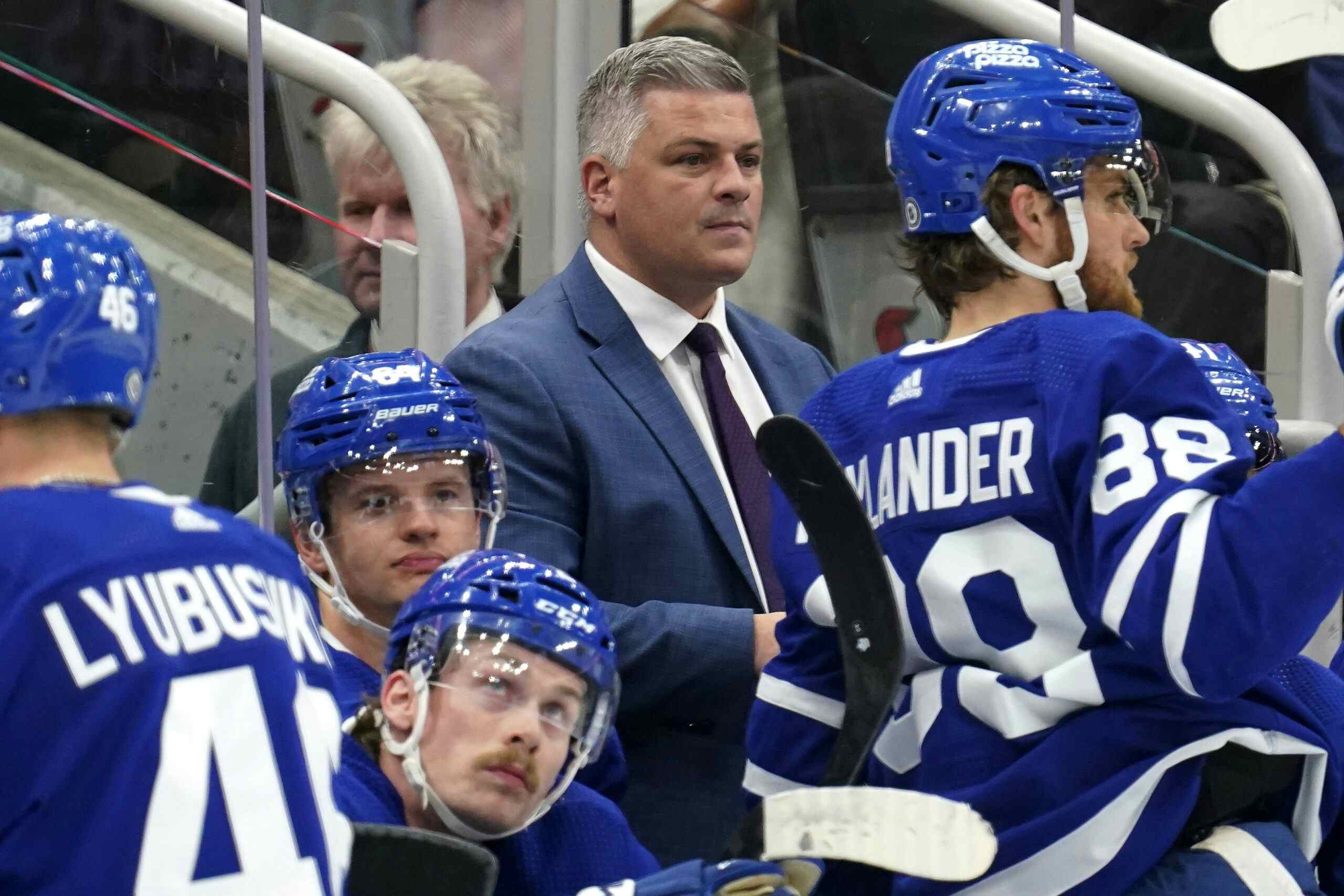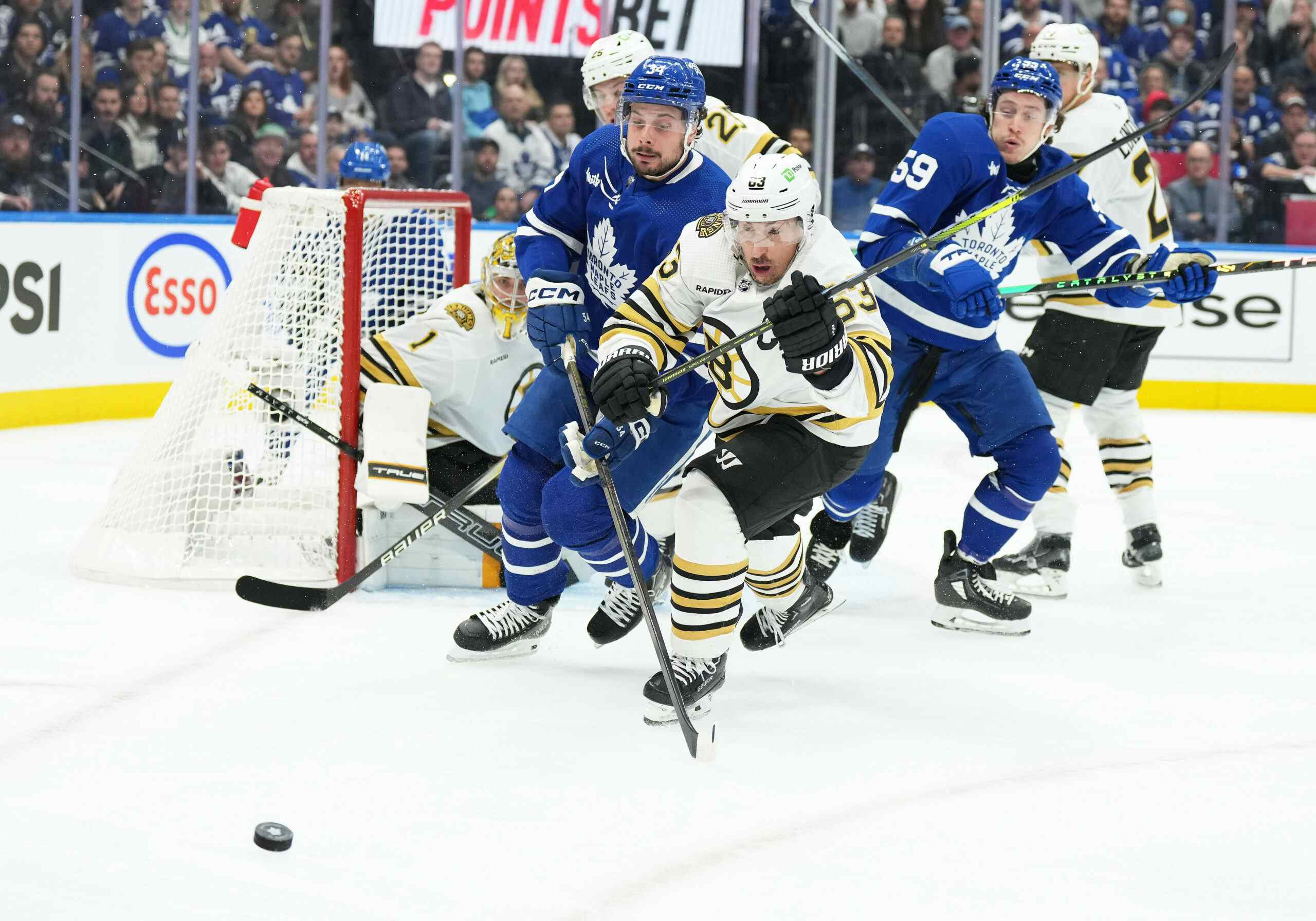Joe Colborne’s Marlies Debut

The acquisition of 2008 first round pick Joe Colborne in the Tomas Kaberle trade set hearts a-flutter throughout Leafs Nation, including the media covering the team. This was despite the fact that his debut AHL season was more than a little rocky at the time of the trade.
How has Colborne fared in a Marlies’ uniform?
Colborne’s superficial numbers have been very, very good. After posting just 26 points and a minus-15 rating over his first 55 AHL games, Colborne has managed 13 points and a plus-2 rating over 16 games since first donning a Marlies’ jersey.
Where are his points coming from?
First off, the power play has been a huge factor, as it was in college. Slava Duris, who has been doing fantastic work tracking scoring chances for the team on this site, pointed that out in my last article on Colborne:
Part of the story can be explained by the percentage of points that Colborne gets while on the power play. With the Denver Pioneers last season, Colborne racked up a high percentage of his points on the PP – 21 of his 41 points came on the PP (51.2 %). In the AHL this year, he has 10 PP points, which makes up 37.0 % of his total. If you take out points scored on the power play, Colborne scored 0.51 points-per-game last season in the NCAA. This season, in the AHL, he is currently scoring at a 0.30 point-per-game.
It’s been a similar story during Colborne’s current tear with the Marlies. Of his 13 points, seven (three goals, four assists) have come while the Marlies were on the man advantage.
What about Colborne’s goal-scoring? He’s more than halfway to his goals total in Providence in less than a third of the games – has that been driven by taking more shots (generally a sustainable increase) or by a spike in shooting percentage?
| Team | GP | Shots | Goals | Shots/GM | SH% |
|---|---|---|---|---|---|
| Providence | 55 | 92 | 15 | 1.673 | 0.163 |
| Toronto | 16 | 30 | 7 | 1.875 | 0.233 |
As we can see, Colborne has been taking more shots per game since the trade, but that only accounts for a small amount of the change in his goal-scoring – about 25% of the difference. The rest of the change has been sparked by a big jump in shooting percentage, from a (very good) 16.3% to a (nearly unbelievably good) 23.3%. It is possible that Colborne was underperforming in terms of shooting percentage in Providence, but for that to be the case we have to accept that he’s truly an elite-level shooter, something I’m not sure I believe at this point. Given that Colborne was only an 18.0% shooter in his best college season (he was an 11.9% shooter the year before that), it seems increasingly unlikely that nearly one shot in four will result in a goal over the long-term.
Certainly there’s no reason to be too down on Colborne yet – he is very young, has good draft pedigree, and is in his first professional season. He has lots of time to take the next step; I’d simply argue he hasn’t taken it yet.
Recent articles from Jonathan Willis





